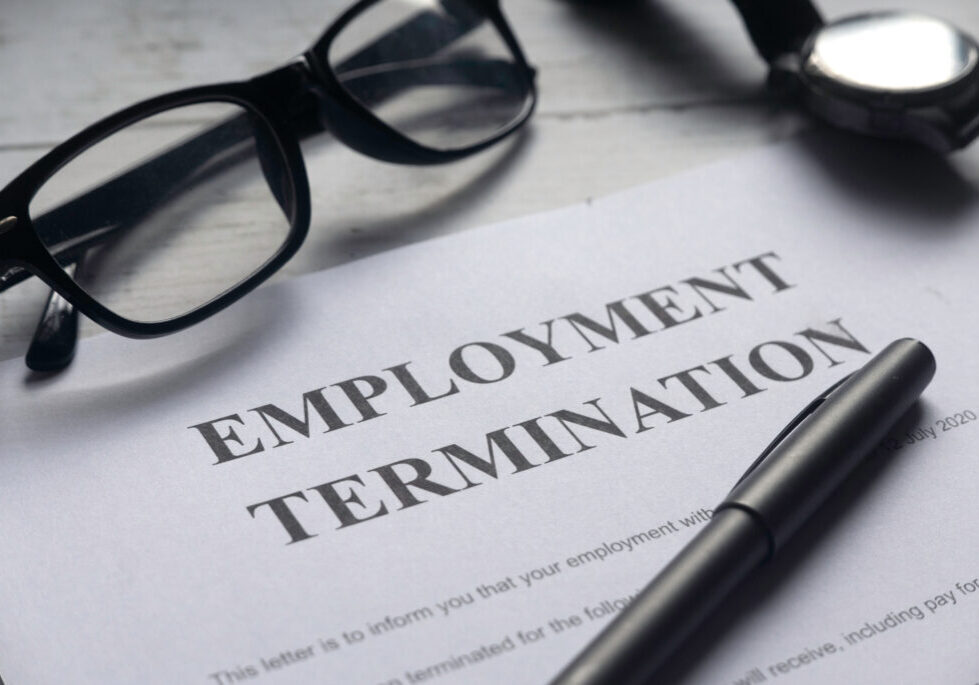Louisiana’s 19,442 federal workers are on edge, as the Trump administration continues its purge of the federal government. Employees at several federal agencies located in the state, including the National Finance Center in New Orleans, have already received termination letters. The Times Picayune | Baton Rouge Advocate’s Blake Paterson explains how the firings will actually decrease efficiency, and notes the silence from most of the state’s congressional delegation.
U.S. Rep. Troy Carter, D-New Orleans, said the firings threaten the “cogs of the wheels that run the government” and that in the past, protecting jobs for federal employees in Louisiana at the NFC had been a bipartisan effort that he undertook with U.S. Rep. Steve Scalise, R-Jefferson. “No one is opposed to rooting out waste, fraud and abuse, but I don’t think this unilateral approach of just shutting down whole departments that do, in fact, provide critical functions for our nation is a wise way to do it,” he said. Scalise’s office did not respond to a request for comment. Neither did any of Louisiana’s other federal lawmakers.
Landry cuts domestic violence shelter funding
For the second year in a row, Gov. Jeff Landry’s budget proposal includes a $7 million cut for domestic violence shelters in the state. Fortunately, the Legislature was able to restore the funding reduction during last year’s budget negotiations. The Louisiana Illuminator’s Julie O’Donoghue explains why lawmakers need to buck the governor once again:
A 2021 investigation by the Louisiana Legislative Auditor concluded the state desperately needed more shelter beds for domestic violence survivors. At the time, Louisiana’s 16 shelters had a total of 389 spaces and an average of 2,700 unmet requests for shelter beds every year. Thanks to the additional money, [Louisiana Coalition Against Domestic Violence Executive Director Mariah Stidham] Wineski said shelters got the number of unmet requests down to 1,400 annually – a historic low for Louisiana.
The cut in state support comes as the federal government also pulls back:
The federal grants that help fund domestic violence services in Louisiana have shown up on lists of spending that President Donald Trump might cut, Wineski said. The state’s domestic violence organizations were also blocked from accessing any federal funding for two days in January when the administration put a wide-reaching freeze on federal spending in place. … In total, Wineski said between 40 and 45% of the money her organization receives every year comes from federal or state funds.
Gutting Medicaid to pay for tax cuts for wealthy
The budget blueprint moving through the U.S. House of Representatives cuts programs that primarily benefit the poor to partially offset $900 billion in tax cuts that mainly flow to wealthy people and large, profitable corporations. This includes a whopping $880 billion cut to the federal Medicaid program. Samantha Jacoby of the Center on Budget and Policy Priorities explains what’s at stake:
The House Republicans’ budget plan pays for this additional $900 billion in tax cuts with steep cuts to Medicaid. The House Republicans’ budget resolution directs the House Energy and Commerce Committee to reduce the deficit by at least $880 billion over ten years, a target Republicans have indicated they will hit primarily by cutting Medicaid. Putting it all together, Republicans are planning roughly $1 trillion in new tax cuts, much or all of which could go to corporations, paid for primarily through cuts that put health coverage in jeopardy for the 72 million people covered by Medicaid.
Evaluate workforce and job training incentives
The number of workforce and job training incentives enacted by state legislatures has skyrocketed in recent years, as businesses search for more skilled employees. It’s vital that states measure the cost and effectiveness of these economic development tools, which are usually in the form of tax credits, to ensure they are providing a good return on investment. Pew recently hosted a webinar to explain lessons learned from New York and Virginia. Elizabeth Gray, an associate of the organization’s state fiscal health project, elaborates:
[Ellen] Harpel, for example, spoke about her work with a team from PFM Group Consulting that conducted an economic impact analysis of New York state’s tax incentives. … The evaluations found that most of the worker-specific tax credits were both costly and underutilized, probably because of limited awareness and complex processes to qualify for them. They found that the incentives generally had a limited impact on businesses and individuals. In fact, most did not generate substantial job growth. … Evaluators found that [Virginia Jobs Investment Program] and the Small Business Grant had mixed success in achieving these goals, while the Worker Retraining Credit proved ineffective in encouraging retraining.
Number of the Day
18% – Percentage of Louisiana’s population that participated in the Supplemental Nutrition Assistance Program (SNAP), more commonly known as food stamps, in the 2024 federal fiscal year. A GOP budget proposal working its way through Congress would cut SNAP by $230 billion. (Source: Center on Budget and Policy Priorities)
